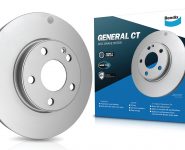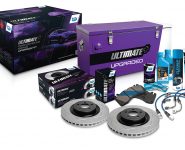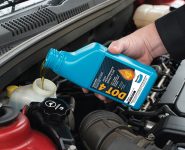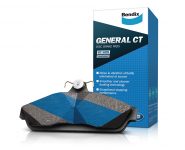DON’T NEGLECT BRAKE FLUID IN THE WARMER MONTHS
Bendix recommends brake fluid should be periodically changed to ensure it remains fresh and uncontaminated
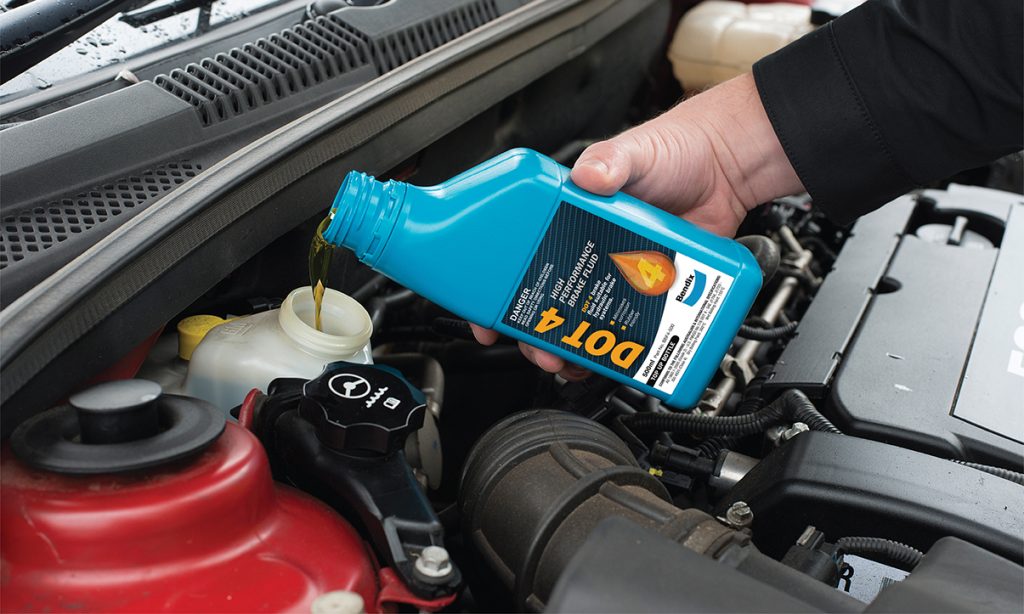
Although the braking system is classed as a closed system, over time it can absorb small amounts of moisture through imperfect seals, microscopic holes in rubber hoses or even if the cap is left off the brake fluid reservoir for too long. This moisture can gradually mix with the brake fluid increasing its water content.
Having water within a hydraulic fluid is not a good thing. As well as reducing the transfer force of the brake fluid which affects how effectively pressure applied at the brake pedal is maintained all the way to the brake calipers or drums, it can also lead to a lower boiling point for the fluid. Hot temperatures amplify the problem, as do demanding driving conditions, such as when towing.
If the brake fluid does reach boiling point, bubbles in the brake system can form, leading to a spongy brake pedal feel which can delay braking response and diminish the brake force that ultimately reaches the calipers or drums. Both of these scenarios will lead to increased stopping distances.
Along with providing stopping power, two secondary functions of brake fluid are to lubricate all the moving parts within the braking system and to help dissipate heat within the system, leading to reliable and predictable braking performance.
Like most fluids and oils used in a vehicle, the brake fluid should be periodically changed to ensure it remains fresh and uncontaminated, which in turn ensures the braking system is operating at its full potential.
Checking the braking fluid
To check the quality of the brake fluid, the owner or their mechanic can use an electronic brake fluid tester; the probe is dipped into the brake fluid reservoir and the tool analyses its quality, providing an estimate of the moisture within the fluid. More basic ‘strip’ tests are also available, which perform a similar function.
If the brake fluid does need replacing, your workshop will specify a fluid that’s in keeping with the vehicle’s OEM parameters and has an appropriate DOT (Department of Transport) rating.
DOT is normally available in DOT 3, DOT 4, DOT 5 and DOT 5.1 and refers to the fluid’s wet and dry boiling points. As a general rule, the higher the DOT rating, the higher the boiling point and longevity of the fluid.
DOT 4 fluids are the most widely used – Bendix says it offers both high performance Polyglycol DOT 3 and DOT 4 fluids, providing optimum performance in both hydraulic and conventional braking systems, meeting stringent Australian and US specifications.
For more from Bendix, visit www.bendix.com.au



